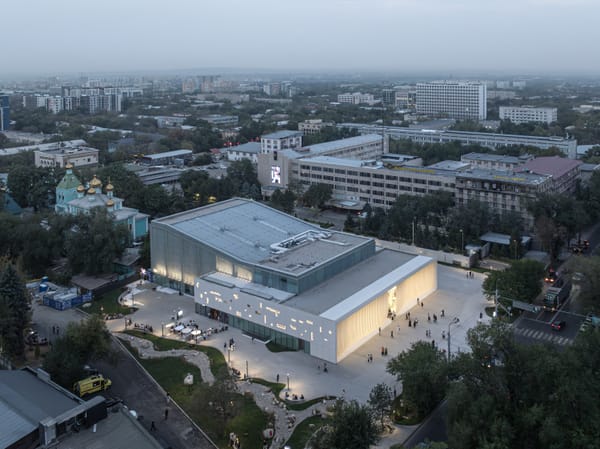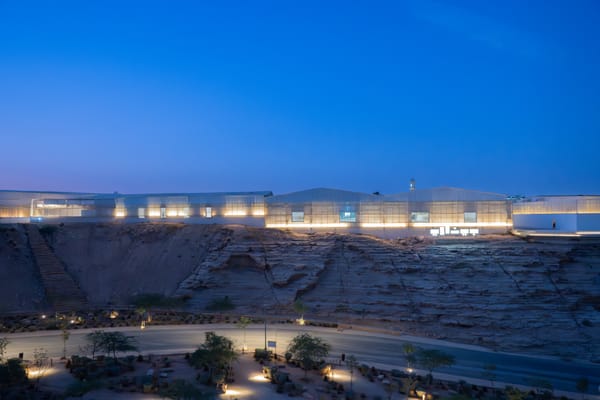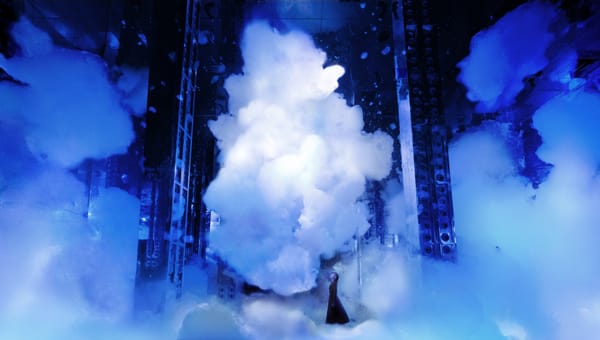People
Inner Healing with Crickets and Seeds: Interview with Umico Niwa
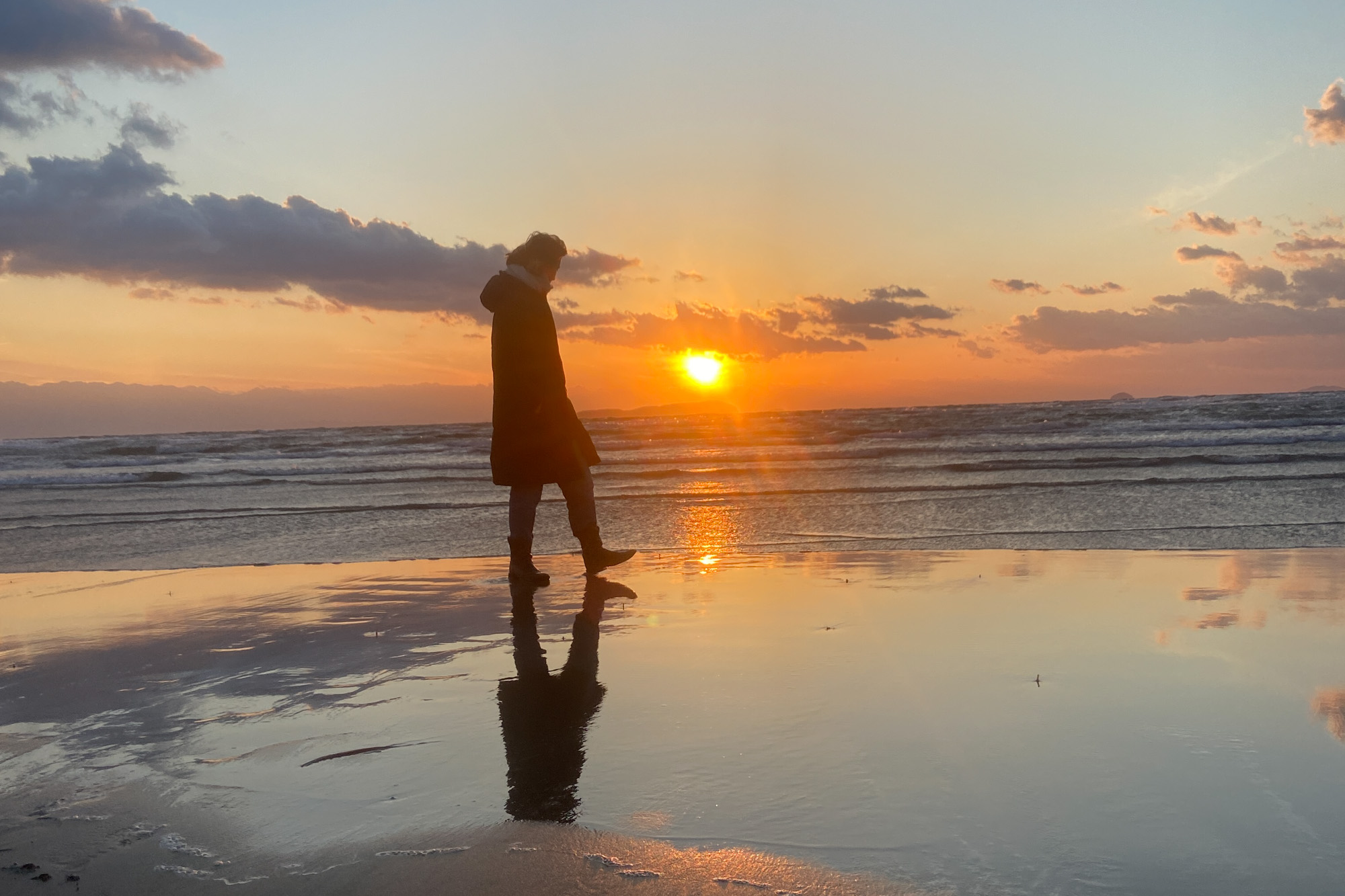

I met the artist Umico Niwa briefly in 2018 during a house show in Richmond, United States, but our paths didn’t cross more fully until 2022, when she crashed at my apartment in Tokyo. This type of encounter is not unordinary for her nomadic lifestyle, that is part necessary evil of the global art market and part innate sense of wandering. As fitting to her peripatetic way of life, Niwa is currently based in an assortment of places, hopping between residencies and shows.
Her most recent exhibition, “My Life Inside a Shoe (the phantom cricket),” collaboratively hosted by fig. and XYZ Collective in Tokyo, was a selection of sculptures fashioned out of found materials and plastic trash into forms reminiscent of shoes. In general, Niwa works between different mediums and materials, often found objects or organic matter, to explore ways of being that transcend the normative identity markers. These ways of being can be humorous, playful, sincere, and inspired, as she weaves in and out with softness, hardness, and chaos, often at the same time. In previous works, such as her Baby Shoe Series (2021), Niwa electroplates organic materials with copper and paints them. Blending whimsy with a metallurgy that is soft and crusty rather than cutting and sharp, the works propose a new way to consider the body, childhood, and matrices of affection that define the way our world works.
On the occasion of this interview, Niwa invited me to join her in shooting a mockumentary about the search for her testicles in an eco-landfill in Shikoku, Japan, where medical waste from hospitals in Honshu is supposedly deposited. This interview took place in the car ride which drove us through the forested mountain to the shooting location.
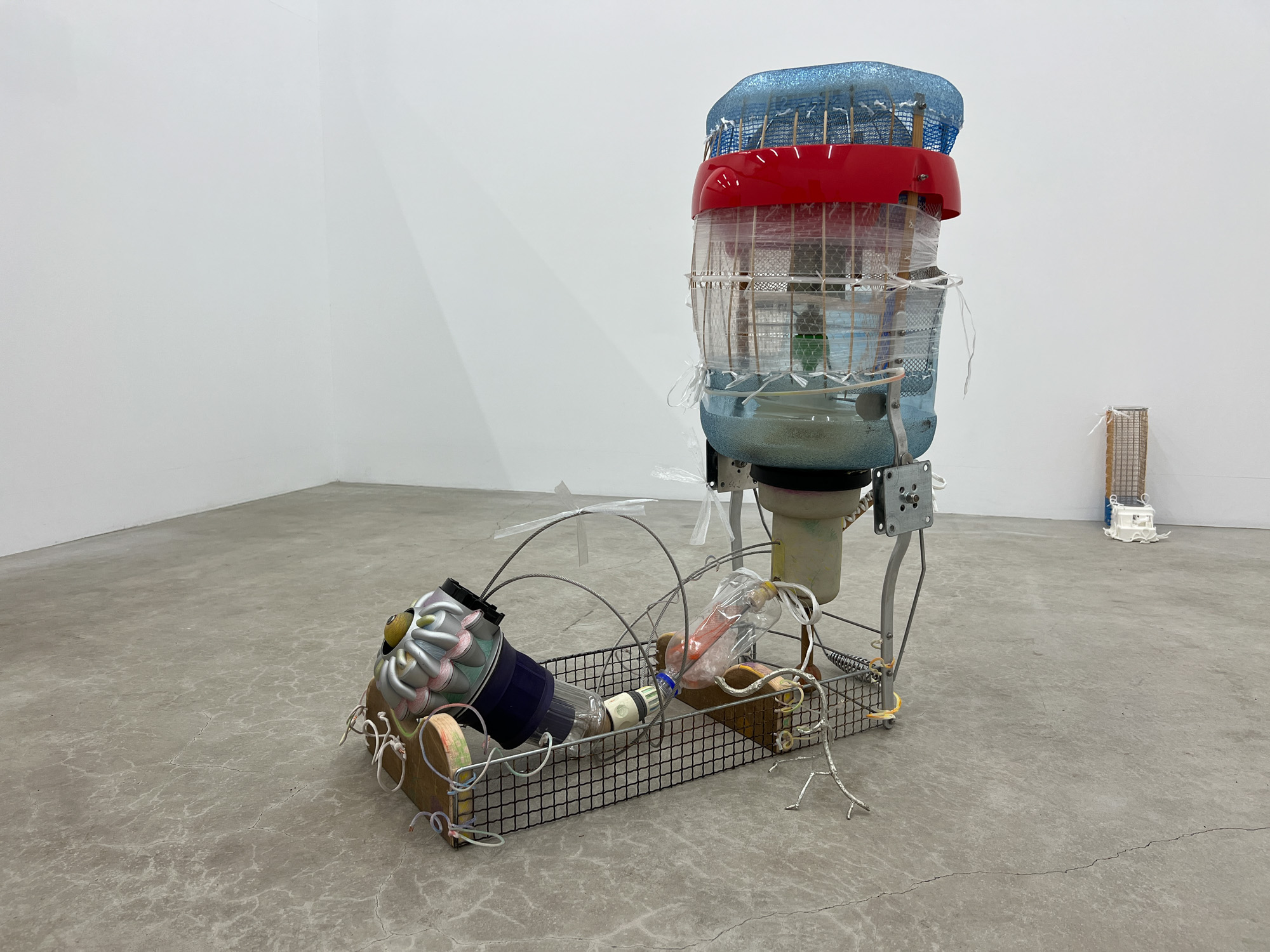
I guess we haven’t really talked about this yet, but I want to know what you are thinking of making for your show at fig. and XYZ Collective.
I’m making shoes. I’ve been obsessed with shoes for the past couple years. At the moment, I’m making these giant, scavenged shoe-shaped miniascapes for crickets to reside. They’re made of found materials that I steal from recycling centers.
Can you talk a little bit more on shoes? What do you love the most about shoes?
You know when you’re sitting in the bathroom stall, and then someone comes and sits down in the stall next to yours? All you can see is their shoes. But you can glean a lot from their shoes: their class status, privilege, race, gender, sex, age, and sometimes even their culture. It’s obviously not an accurate science, but I rather enjoy that guessing game.
There’s also this ongoing stress that I deal with regarding shoes, that they are truly never in a size that fits. This is a sort of perpetual trans-experience. You have to come to terms with it. But it also creates a rich fantasy narrative in your life of imagining other possibilities of what could be. Daydreaming of the perfect shoes, unbound by physical limitations and bodily constraints.
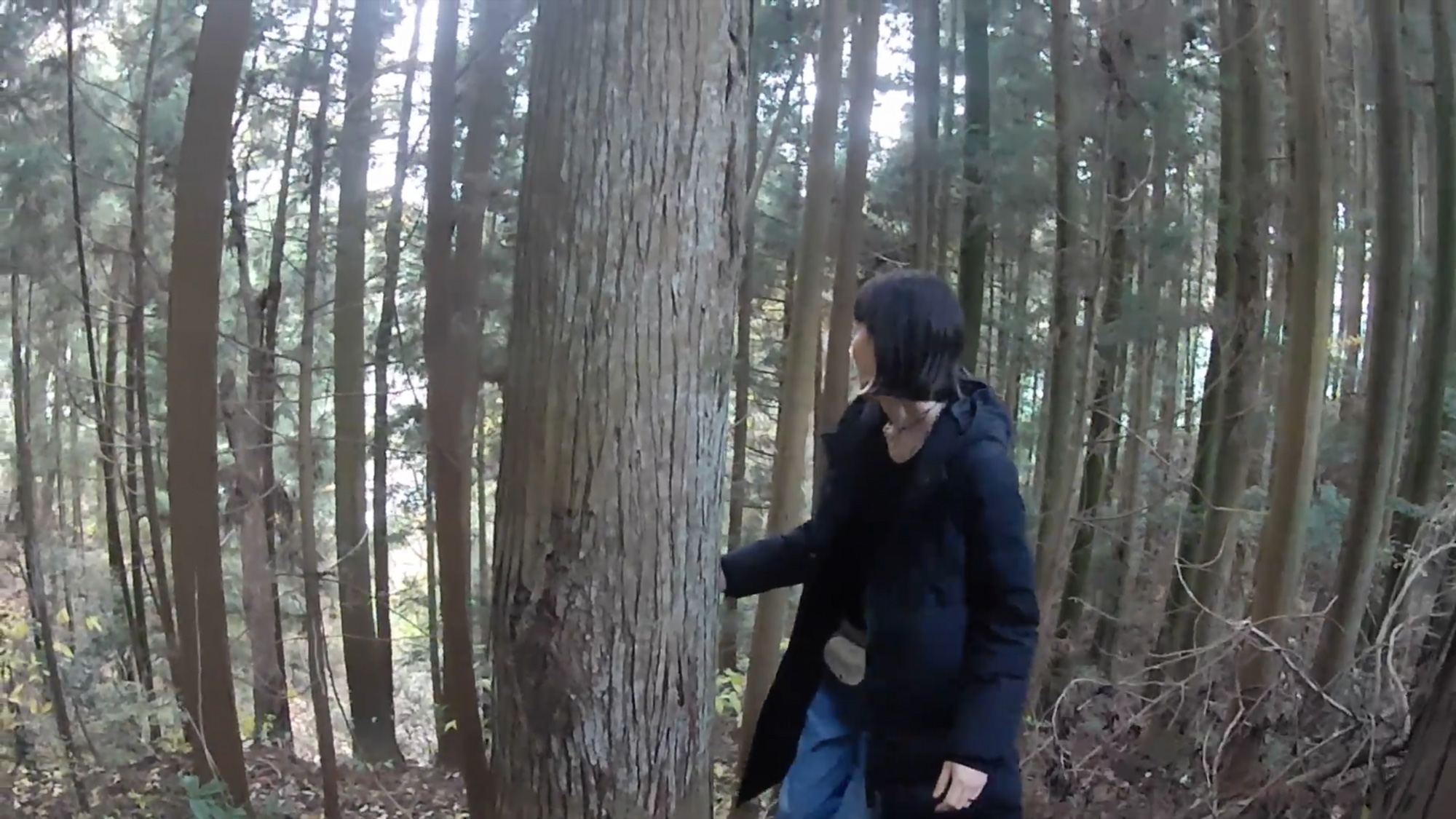
You were also talking about how these are not just shoes, but also homes for crickets. We talked about this before, how both of us don’t feel like we have a home anywhere, and I wonder how much of that comes into play. Finding a home in something that is not home for everyone, or finding it in pieces that are strewn together—
We’re talking about home as something you are physically inside of for the majority of your time and you feel comfortable within, and my cowboy boots that I’ve solely worn for the past five years might be the closest thing to embodying this sense of home. No matter where I go in the world, whom I am dating, whom I’m friends with, or whether I’m happy or sad, these shoes are the only constant staple to my life. They are full of holes, falling apart, but you put them on, and it’s such comfort.
But at the same time, I always check inside for insects. I used to work on ranches, and before you put on your shoe, you would check inside for scorpions. They would take shelter in it because it’s nice and inviting. So you don’t just put your shoes on, you have to tap it out.
When I am under a great deal of stress, I begin to experience these psychotic episodes where I imagine a cricket in my shoe, specifically the right one, and I imagine it’s burrowing its way into the sole of my foot.
Do you want to share your childhood story with crickets?
Oh yeah, I had a bearded dragon when I was growing up. I had to keep a box of crickets beside my bed to feed him with. They would sing to me all morning, all day, all night. Each time I would go to feed the bearded dragon, at least one cricket would escape. I would wake up and find crickets crawling on me and in my shoes or in my clothes or in my backpack during class at school. It totally warps your reality, for example, when you see a cricket out in the world, you can’t help but to wonder, is it my cricket? Did I bring it with me from home and it jumped out of my pocket? I began to see phantom crickets out of the corner of my eyes, running up the wall, or I could feel one on my shoulder. To this day, I can feel them. I continue to find crickets all throughout my life in different places.
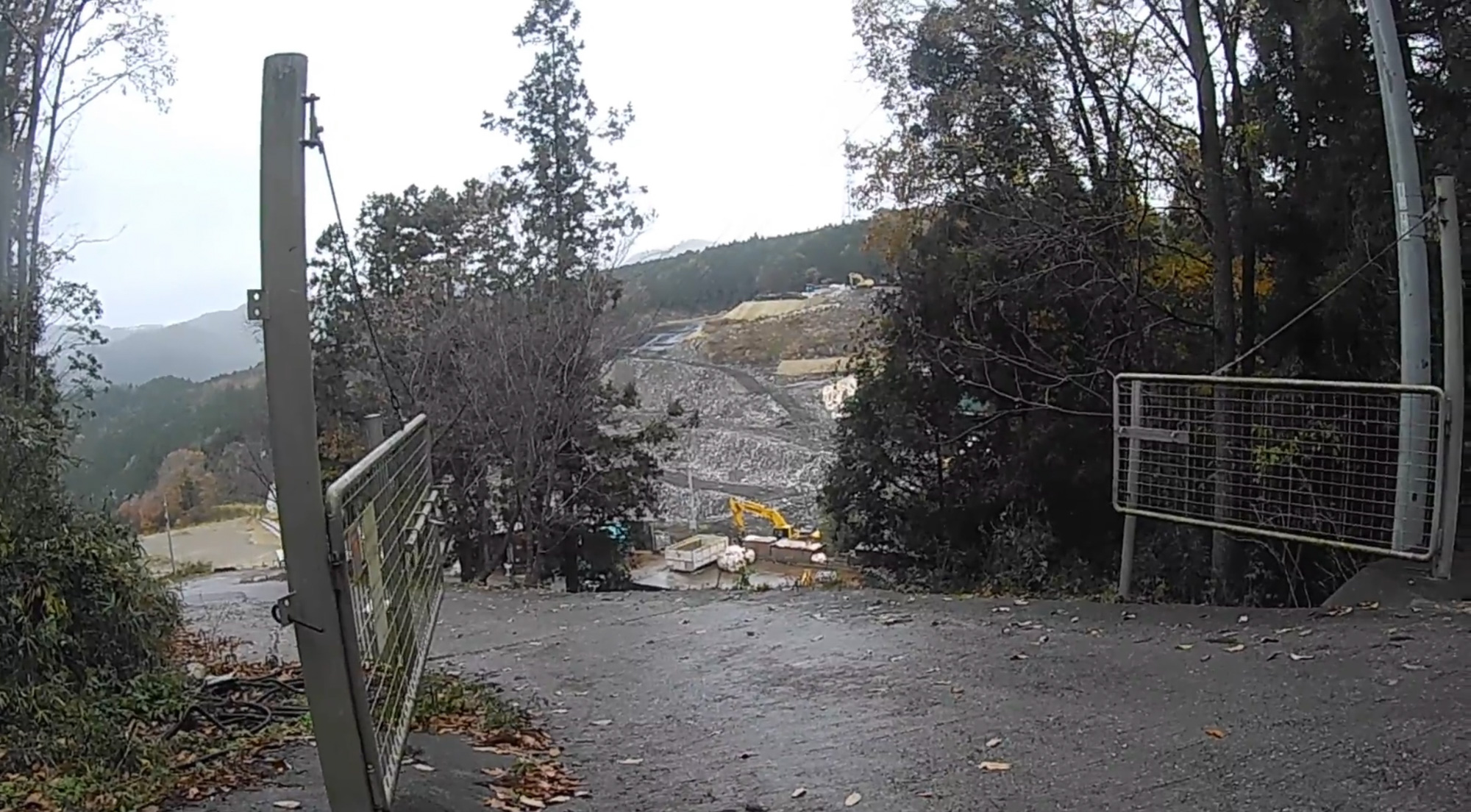
Now we’ve arrived at our shooting location. Can you explain what we are about to do here?
We are visiting the landfill where my testicles are buried. They were removed a couple months before I started graduate school. I had an ongoing joke with my peers where I would ask “Where are my balls?” It was inspired by a meme where Garfield asks his owner Jerry, or was it an episode of Family Guy? Anyway, he basically says, “Hey you, where are my balls? I fell asleep and I woke up without them.”
It became an obsession, so much so to the point where I started having dreams regarding them, of seeds sprouting and becoming trees. This gave way to making these sculptures called Daphne Adorned Series (2022). These pewter cast creatures that look like branches that have come to life. They became my children.
That’s why we are here on the island of Shikoku, many hours away from my hometown, where I initially got my surgery over four years ago. In a perfect world, I have a revelation where I come back from this trip as a vegan warrior. I become one with nature, with plants, and whatnot. I don’t know. It would be nice to have a little ego death.
Ego death?
I think I’ve already experienced it to some extent. After the surgery when it dawned on me that I can’t have biological children anymore, it made me cry a lot. It’s such a loss of what could be. So much of personhood is wrapped up in having children. My kids happen to be what I make in my studio. That’s the tradeoff that I made. A lot of artists make that kind of tradeoff. This is a very literal translation of that.
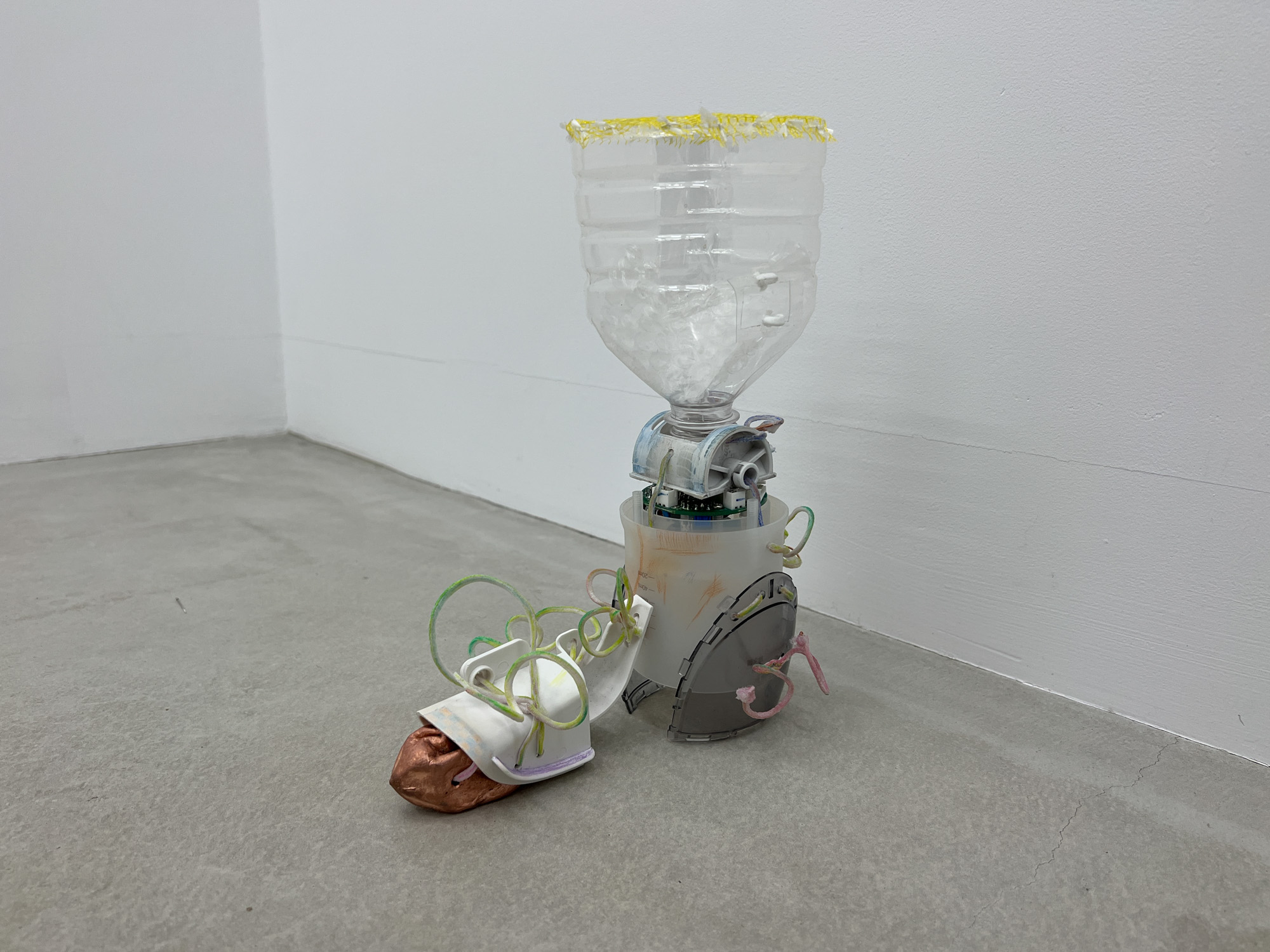
When you were talking about the Daphnes as your children, I was also thinking about how this trip is a kind of strange time travel. You’ve kind of already created the children, but you’re still going back in time to see the children you’ve produced, so this journey seems to be multi-dimensional.
I don’t know if it’s the same idea, but sometimes I write songs that come from nowhere, and then in the future, I’ll listen to it and be like “Wow, I wrote this song in the past for the future me, and I didn’t know.” Maybe in some way, your past self knows what your future self doesn’t know, and now your future self is catching up with your past self.
Or the present self is making things to heal the pain of the past self. There really was so much pain around the time of the surgery. My mom would ask, “What about a sperm bank?” I opted not to and have been leaning toward adopting a queer child. That also would be a form of time traveling, because a lot of the reasons why we do these kinds of things, such as adopting a kid that reminds us of ourselves, is to heal our past trauma. I had painful phases of childhood due to my complicated identity, that of being a closeted biracial child, but I am going to heal this kid’s pain and suffering and thereby—
—heal my own inner child.
And that is actual time traveling.


